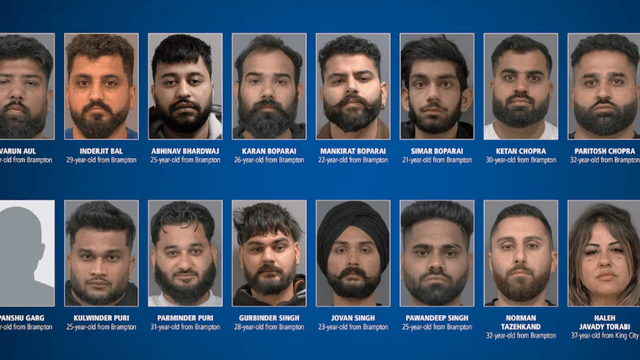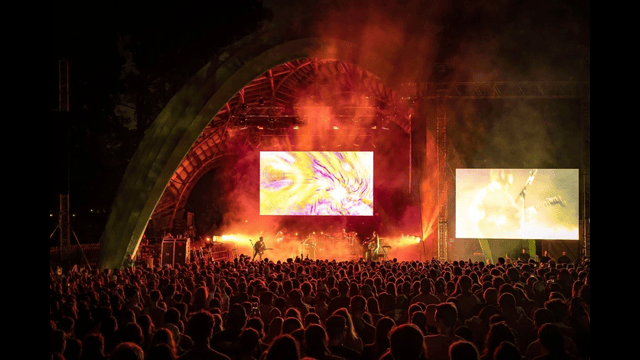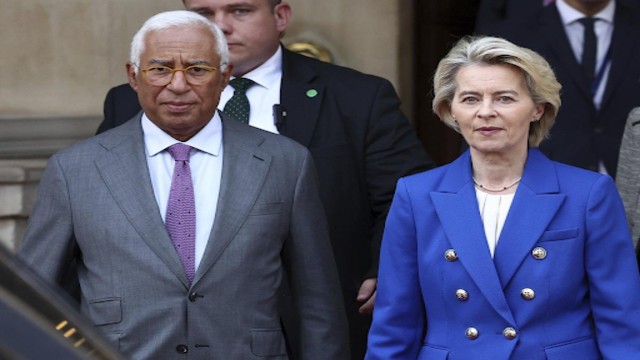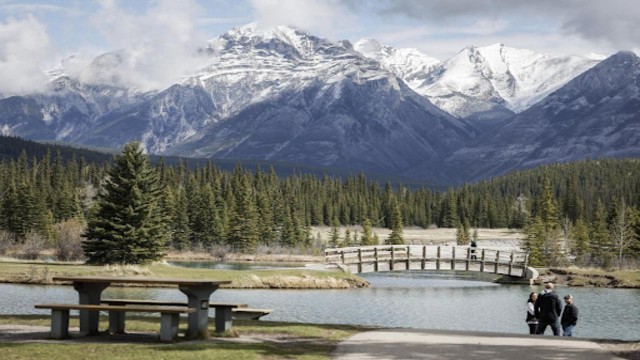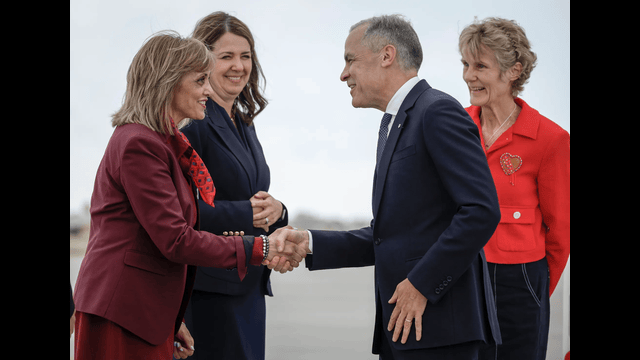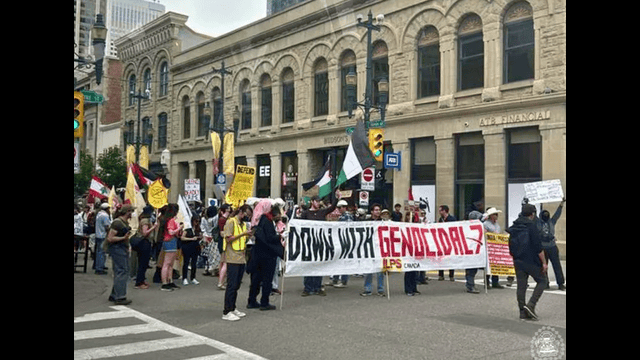
A Royal Canadian Air Force CF-18 Hornet takes part in the Aero Gatineau Ottawa airshow in Gatineau on Friday, September 15, 2023. (THE CANADIAN PRESS)
Fighter jets from Canada and the U.S. were called into action this week to keep an eye on Russian military aircraft operating in the Arctic. The North American Aerospace Defense Command (NORAD) confirmed that multiple Russian aircraft were tracked near North America but did not enter Canadian or U.S. airspace.
NORAD, which is responsible for the defense of North America, reported that the Russian planes were operating in international airspace. As a precaution, two Canadian CF-18 fighter jets were sent to patrol northern Canada, while two U.S. F-35 jets were deployed from Alaska to monitor the Yukon border. Additionally, three U.S. KC-135 air-to-air refuelling tankers and an E-3 surveillance plane were part of the operation.
A NORAD press release confirmed that the Russian aircraft remained in international airspace and did not enter any Air Defense Identification Zones (ADIZ) of the U.S. or Canada. These zones are areas surrounding the countries' airspaces where aircraft must be identified for national security reasons. The activity was not considered a threat to either country.
This event took place on January 28, 2025, and the Canadian jets took off from the CFB Bagotville military base in Quebec. Russian news agency TASS reported that Russia had been conducting large-scale drills in the Arctic between January 20 and 31. To bolster NORAD’s presence in the Arctic, two U.S. F-16 fighter jets were also deployed from Alaska to Greenland.
NORAD was formed in 1958 as a joint defense initiative between the U.S. and Canada, aimed at protecting the continent from threats such as bombers and missiles. Monitoring and intercepting Russian aircraft over the Arctic is a routine part of NORAD’s operations. In 2024, NORAD recorded about a dozen such incidents, with the most recent being on December 17, 2024, when four Russian military planes were detected near Alaska.
As new threats such as hypersonic missiles emerge, there have been calls to upgrade NORAD’s aging defense systems. In response to these concerns, Canada announced a $38.6 billion investment over 20 years to strengthen NORAD and continental defense. This move is part of the ongoing effort to modernize and enhance North America’s security measures.
NORAD utilizes a multi-layered defense system, which includes satellites, ground-based and airborne radars, and fighter aircraft to detect and track potential threats. The command remains ready to respond to any threats against North America, employing various defense options when necessary.


